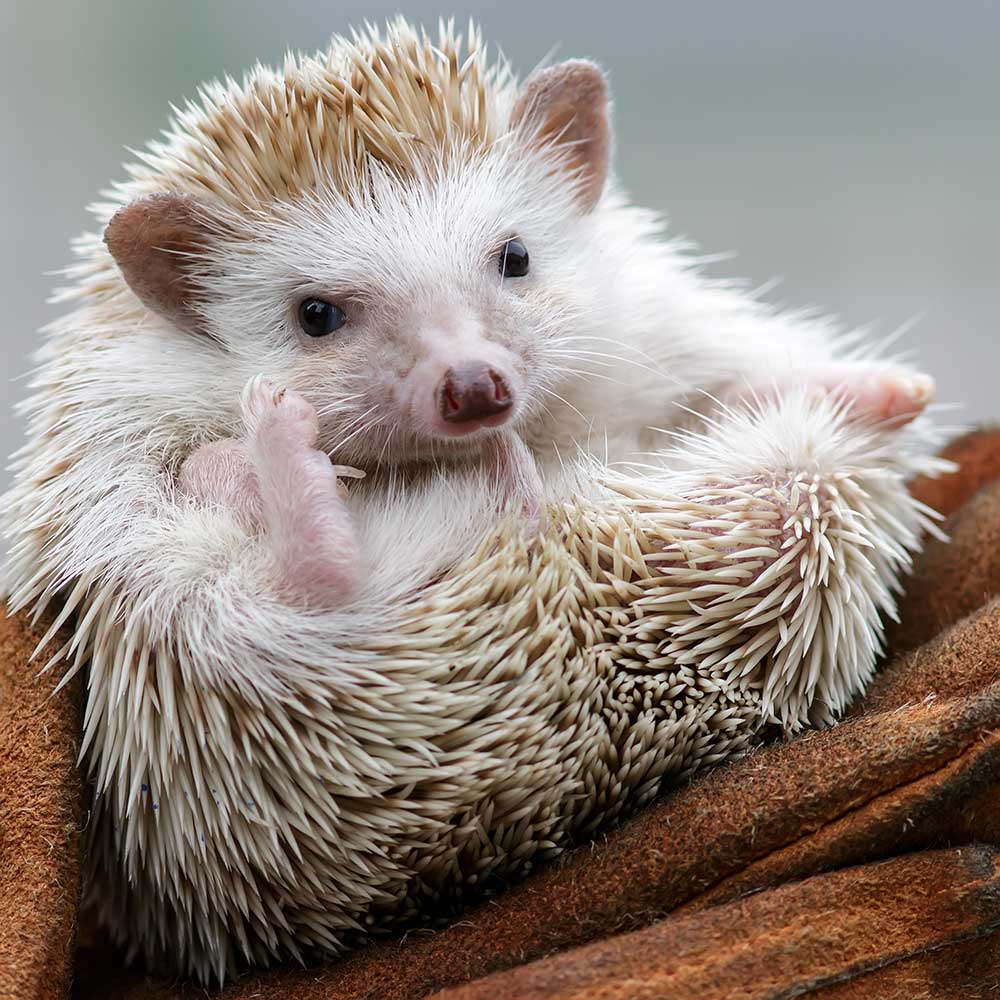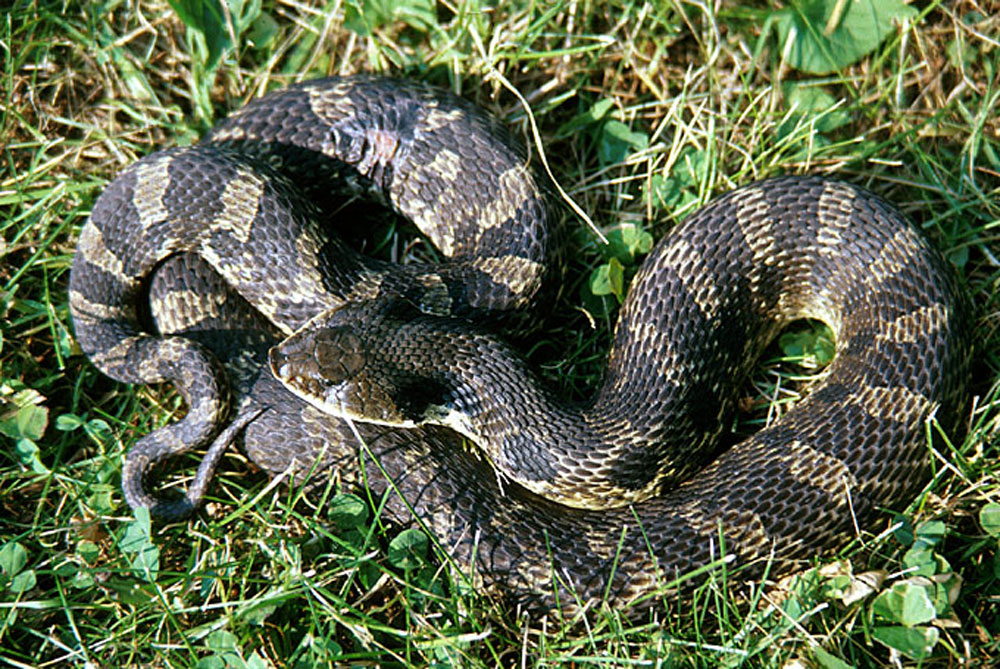When you walk through the Zoo, you might see a number of unexpected objects in the exhibits: cardboard boxes, paper lunch bags or even a plastic slide. These items are used for enrichment. As keepers, it’s our job to make sure the animals we care for stay healthy, both physically and mentally. By providing the animals with enrichment items, we can encourage them to behave as they would in the wild.
For example, by giving the tigers boxes with food inside, we hope to evoke the natural behaviors involved with hunting. They must find the boxes using their sense of smell, and then they have to work to get the food, using their claws and teeth the same way they would in nature. This helps keep their minds sharp and active.
Seeing an animal interact with their enrichment can be very exciting for our visitors! With our larger animals, their enrichment items are often very clear to see; it’s hard to miss the barrels hanging in the elephant barn or the termite mound in the orangutan exhibit.
But what do we do for smaller animals?


My favorite part of the day is coming up with new and exciting ways to exercise our education animals’ minds. When coming up with enrichment, I want to think about what the animal would do in the wild and try to bring that behavior out.


For example, our armadillo Doug loves to dig for insects. I sometimes will give him a huge pile of wood chips, pine shavings, and cat litter with mealworms tucked inside. To get the worms, he has to dig though the pile, which he does with enthusiasm.


While food is always a good motivator for an animal to get active, it’s not the only way to enrich an animal. Sometimes a bag filled with paper is enough, or a box sprayed with perfume. The unfamiliar scent is interesting and therefore will encourage exploration. Plus, boxes and paper bags make great new hiding places. Changing the arrangement of their enclosure or adding new furniture can be a great form of enrichment as well.


There is never a slow day working at the Zoo, and making sure the animals have the opportunity to use their minds is one of our many responsibilities (it’s also one of the best). It’s a chance for the animals to express themselves and a chance for us to really get to know each animal’s personality on an individual level.
Big or small, enrichment is a vital part of the day for every animal at the Z
oo.
–Hannah Comstock, Zoo Keeper











